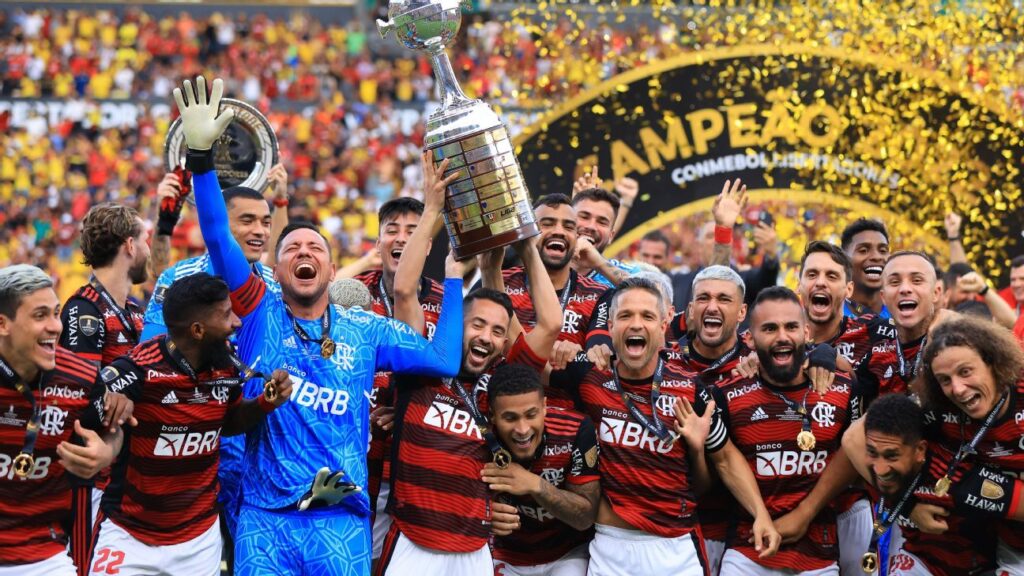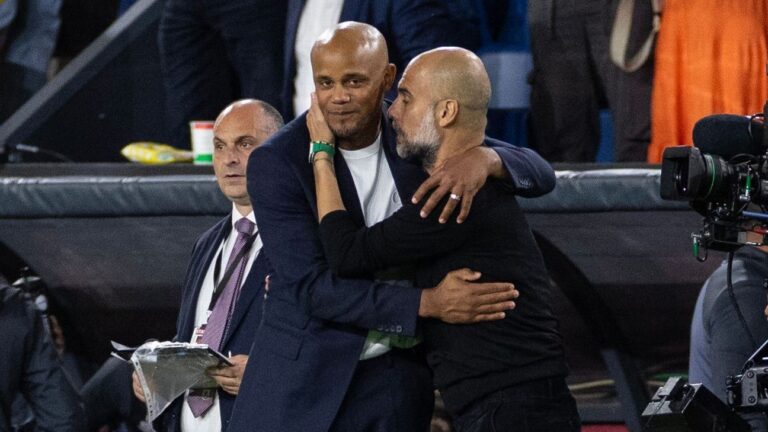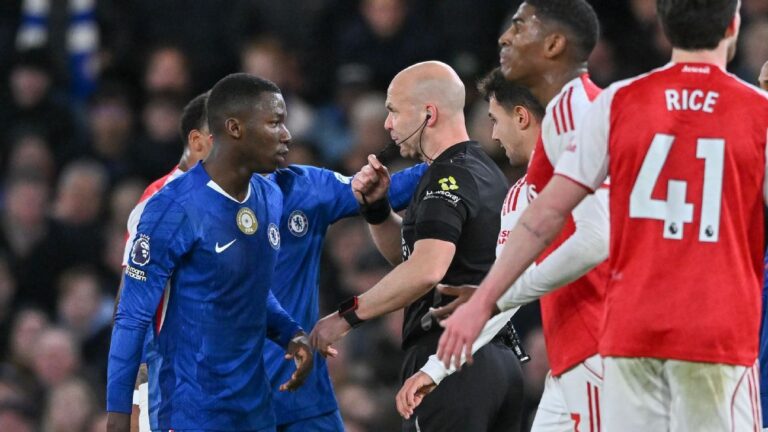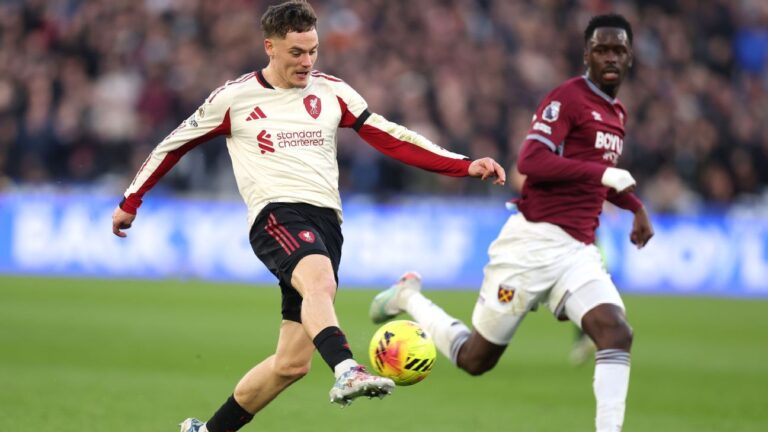No country has ever won the Copa Libertadores, South America’s Champions League, five times in a row. There is a strong chance that this statistic will soon cease to apply, though. Brazil has a firm grip on the continent’s club game.
It is not only that Brazilian sides have come out on top in each of the past four years. The past three finals have been all-Brazilian affairs, and with six teams in the last 16, a fifth successive triumph will take some stopping.
Wednesday’s draw for the knockout stages managed to keep most of the Brazilians apart. Four are in one half of the draw, but none will meet each other at this stage. Reigning champions Flamengo are strong favourites to get past Olimpia of Paraguay — they won 9-2 on aggregate when the teams met two years ago.
Fluminense, coached by stand-in Brazil boss Fernando Diniz, are narrow favourites to overcome Argentinos Juniors. Athletico Paranaense will have to overcome their fear of the extreme altitude of La Paz, but over two games will expect to beat Bolivar. Internacional against River Plate is well balanced, with the Buenos Aires giants perhaps the strongest non-Brazilian side in the field, although defensive deficiencies are a cause for concern.
The two other Brazilian sides are in the other half of the draw, and will face each other — for the third consecutive campaign. On both previous occasions, Palmeiras got past Atletico Mineiro by the narrowest of margins: away goals, which are no longer in effect, and then penalties. Whoever emerges from this clash of the Brazilian titans will be favourites to clean up the opposition in that half of the bracket and make it to the final.
– Stream on ESPN+: LaLiga, Bundesliga, more (U.S.)
One of Palmeiras or Atletico Mineiro will face the winners of the tie between Ecuador’s dangerous Independiente del Valle and Deportivo Pereira, debutants from Colombia. The semifinal opposition on that side of the bracket will come from one of Nacional of Uruguay, Boca Juniors and Racing of Argentina and Colombia’s Atletico Nacional.
A fifth straight Brazilian triumph in the Libertadores would merely hammer home the obvious: that the gap between Brazilian club football and the rest of South America is big, and growing. This leads to a question: Can the Brazilian championship be considered the Premier League of its continent?
In one respect, it certainly can. Just as the English clubs use their extra financial muscle to sign up talent from leagues around them, so Brazil is looting the other South American championships. This process has perhaps happened belatedly, but as the only Portuguese speakers in a continent dominated by Spanish, Brazil has lived in a type of cultural and footballing isolation. These days, though, the big Brazilian clubs are much more aware of what is happening in neighbouring countries.
Big names with reputations built in Europe such as Luis Suarez and (with disappointing results) Arturo Vidal are in Brazil. Some of the stars of the league — the likes of Flamengo’s Uruguayan Giorgian de Arrascaeta and the Fluminense pair of Colombian Jhon Arias and the Argentine German Cano — have been bought in from South American countries, and increasingly, Brazilian clubs are identifying and signing youngsters from neighbouring nations and developing them in Brazil, just as Premier League clubs do to rivals in surrounding European countries. All of this ends up both strengthening the Brazilian league and weakening the others, widening the gap still further.
On the other hand, Brazilian clubs do not yet have control of their own competition. In England, the Premier League was a breakaway organisation set up to manage matters for the clubs. Brazil has not got there yet as the local FA continues to organise the competition. Plenty of moves are afoot to get a league up and running, but there are problems and disagreements along the way. For the moment, the crucial issue of the calendar — a massive problem in Brazil — is not even being addressed. It has been kicked down the road to be debated once subjects such as the distribution of TV money have been sorted out.
Even a fully professional and wonderfully organised Brazilian structure would run into a problem that the Premier League does not have, though: a lack of rivals.
The dynamic of competition helps keep the Premier League honest, in sporting terms. A player joining one of the big English clubs knows that he is not only going to be testing himself against domestic rivals, he will also face continental competition from the likes of Real Madrid, Bayern Munich, Paris Saint-Germain, Internazionale and so on. There is a big, wide European continent out there, full of rivals with plenty of resources of their own.
This does not — and cannot and will not — apply to anything like the same extent in South America. True, River Plate have responded by increasing the size of their stadium, which now has the biggest capacity on the continent. Boca Juniors may have to go down the same route and build a giant new ground. But even with these massive teams, the power and sheer size of the Brazilian economy makes a difference. For the rest of the continent, it is increasingly hard to see how they can compete with the Brazilians.
Perhaps, then, Brazil will have to create its own rivals, a process that will surely be accelerated by the fact that it is now possible for investors to take control of clubs there. The obvious direction is one of Pan-American expansion.
This is already being planned, with a new tournament (featuring the finalists of the Libertadores and the Concacaf Champions League) scheduled to kick off next year. Lionel Messi’s move to Inter Miami CF will almost certainly give an extra urgency to this process. The money men and women behind Brazilian clubs would be foolish not to think of a way to put their team in competitive action against Messi and his new colleagues.
It all points toward a fascinating conclusion: before long, dominating the Copa Libertadores will not be enough for those pulling the strings in Brazil. They will be aiming higher, all the way to the north.




